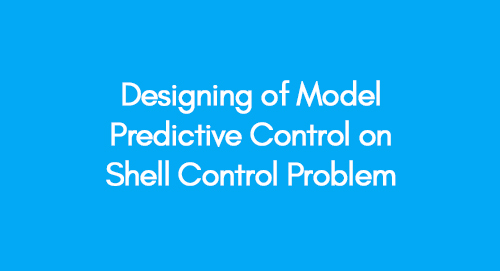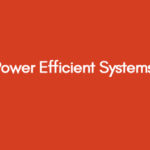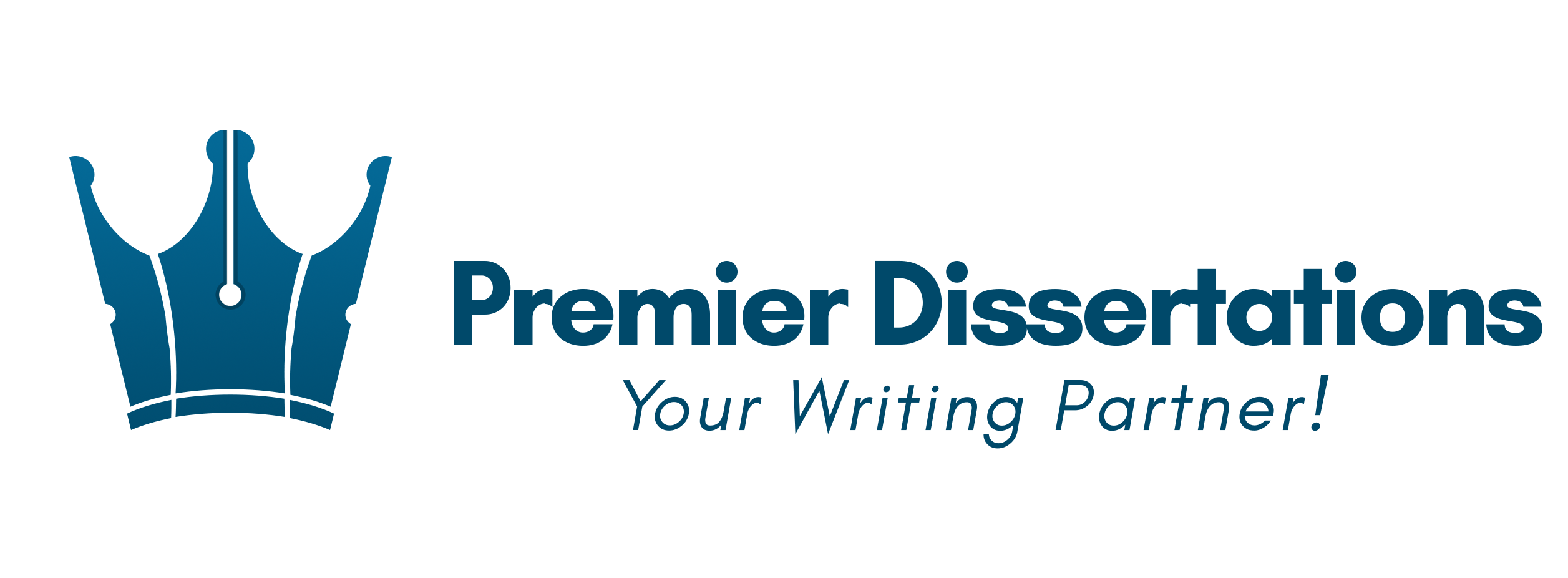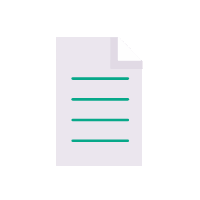
Tunnel Construction Designs
February 27, 2021
Power Efficient Systems
February 27, 2021Introduction
For the last many decades, catalysts are being used to accelerate the reaction process. The catalysts shift the equilibrium of the reaction in the process towards the product side without being consumed in the reaction (Fox, 1998). The catalyst which gets activated through photon absorption is called a photocatalyst, which will be discussed in detail in this literature review
Photocatalyst
A photocatalyst is a semiconducting material which has many applications in various industries, however, the prime application of this material is found in solar energy and waste treatment methods. Much research has been conducted over the past many years in the field of waste treatment and the use of semiconducting heterogeneous photocatalysts has produced fruitful results in the purification and treatment of wastewaters.
Advanced Oxidation Processes (AOPs)
The treatment process is defined as the Advanced Oxidation Processes (AOPs) where the photocatalytic oxidation of toxic organic compounds takes place using semiconductors. The AOPs have been proven to be suitable for the treatment of an extensive range of organic compounds/materials. The Isoproturon (IP) is a herbicide which is found in ground and waste waters, and it is has reported as difficult to eliminate using the standard biological waste treatment methods, however, the AOP has shown promising results for its elimination (Parraa et al., 2002).
There are various semiconductors such as oxides of zinc, iron and cadmium which can act as the semiconducting catalyst, however, Titanium Dioxide (TiO2) has been considered to be the most viable and effective due to its ability to degrade/break a wide range of organic contaminants/pollutants. Furthermore, the properties of Titanium Dioxide such as low toxicity, high reactiveness, high chemical stability and lower costs make it an ideal photocatalyst (Fujishima et al., 2000). In this study, the degradation of a model dye will be studied using fixed Titanium Dioxide and Zinc Oxide catalysts.
Methodology
The heterogeneous photocatalytic reaction takes place with the adsorption of the photons. Semiconductor such as Zinc Oxide or Titanium Dioxide is exposed to energy greater than a photon which consequently results in the initialization of the excitation stage, where the electron movement takes place between the valence band and the conduction band. This movement results in electron promotion in the conduction band (ECBCB-), creating a powerful reducing agent, and a positive-hole formation in the valence band (hVB+), creating a powerful oxidizing agent (Boroski et al., 2009). The oxidizing (hVB+) can react with the organic materials found in the waste waters and successful oxidization of these materials results in the formation of Carbon dioxide and water. The hVB+ can also react with the water to produce hydroxyl radicals (OH), which can also help in oxidizing the organic compounds in water. The following equations present the chemical reaction processes;
ZnO + hv à eCB- + hVB+ (Equation-1)
And,
hVB+ + R à Intermediates à C02 + H2O (Equation-2)
And also,
H2O + hVB+ à OH- + H+ (Equation-3)
Which consequently gives,
OH- + R à Intermediates à C02 + H2O (Equation-4)
Where R is represented as an organic compound.
The presence of dissolved oxygen in water to be processed is also of critical importance as it assures continuous photocatalytic degradation of the organic compounds. The oxygen present is reduced constantly by the eCB-, which neutralized the effect of oxidation of organic materials and therefore avoids electron accumulation/recombination process on ZnO/ TiO2. The following explains this process;
eCB- + O2 à O2- (Equation-5)
The radiation source to be used for photocatalysis can include the use of sunlight and artificial Ultra Violet (UV) radiation. For experimentation purposes, the UV lamps of mercury are most commonly is the most commonly used source of photocatalysis radiation.
Photocatalytic reactors
The classification and selection of the photocatalytic reactor depend upon the state of the photocatalyst. The photocatalyst can be deployed in the form of a suspension and/or attachment, and the design variation can depend on various aspects of wastewater. The reactors can be designed to use solar radiation or UV radiation (Lasa et al., 2005). Solar radiation reactors are best utilized for photooxidation of organic compounds in water, however, the graphical variation of sunlight has limited its usage.
Among the most commonly used photocatalytic reactors, slurry reactors and immobilized reactors are commonly used. The slurry reactors are the most common/basic reactor design used for water waste treatment. The slurry-type reactors are designed to utilize the maximum photocatalytic area, and therefore the photocatalytic activity is maximum which is one of the most important aspects in the design and operation of the treatment unit/process (Chong et al., 2010). The drawback of using this system is that the micro-level photocatalyst used (such as titanium dioxide) during the process has to be separated from the treated water, which eventually complicates the design and increases the overall cost. Various filtration systems and settling tank designs have been proposed in recent research articles to overcome this drawback and optimize this process.
Influencing factors
The factors that can have an influence on the degradation process of the organic compounds in the water include;
Catalyst Loading: Catalyst loading is one of the most important aspects of photocatalytic reaction rate. The greater the amount of the semiconductor used, the greater would be the rate of reaction, until the saturation point is reached. Much research has been conducted to analyze the effect of loading on the efficiency of the process (Umar and Aziz, 2013)
Solution pH: The pH of the solution is another critical factor in the waste treatment process. Many research articles have indicated that the pH of the solution affects the catalytic performance of the semiconductors used in the process, such as the charge of the particles, size of aggregates, and the positioning of the valance band can be influenced through the pH. Therefore it is vital to monitor the pH of the solution at all times
Other factors: Other factors such as photocatalyst structure and/or size, the temperature of the reaction, type and characteristics of the pollutants and the inorganic ion concentrations can also influence on the photocatalytic treatment process of the wastewater.
Conclusion
The treatment of organic pollutants through the use of photocatalytic degradation is one of the most viable and promising technology as it works upon degradation rather than transformation of the pollutants. The process is being used on a small scale used and it can remove an extensive range of organic pollutants. Much research has been conducted to utilize semiconductors as photocatalysts for waste treatment processes, however, the operational limitation is yet to be addressed. There is an opportunity for further research to discover optimized process conditions and design suitable reactors which could enhance operational performance in the real water matrix and application of this technology on a wide scale.
References
Boroski, M., Rodrigues, A.C., Garcia, J.C., Sampaio, L.S., Nozaki, J., and Hioka, N., (2009). Combined Electrocoagulation and TiO2 Photoassisted Treatment Applied to Wastewater Effluents from Pharmaceutical and Cosmetic Industries. Journal of Hazardous Materials (162) 448–454. Available online at: <http://www.sciencedirect.com/> [Retrieved on 08 November 2013].
Chong, M.N., Jin, B., Chow, C.W.K. and Saint, C., (2010). Recent Developments in Photocatalytic Water Treatment Technology: A Review. Water Resources (44) 2997-3027.
Fox M., (1998). Photocatalytic Oxidation of Organic Substances. In: Kluwer (ed.) Photocatalysis and Environment: Trends and Applications. New York Academic Publishers:pp. 445–467.
Fujishima, A., Rao, T.N. and Tryk, D.A., (2000). Titanium Dioxide Photocatalysis. Journal of Photochemistry and Photobiology C Photochemistry Reviews (1) 1-21. Available online at: <http://www.sciencedirect.com/> [Retrieved on 08 November 2013].
Gaya, U.I. and Abdullah, A.H., (2008). Heterogeneous Photocatalytic Degradation of Organic Contaminants over Titanium Dioxide: A Review of Fundamentals, Progress and Problems. Journal of Photochemistry and Photobiology C Photochemistry Reviews
Lasa, H., Serrano, B. and Salaices, M., (2005). Photocatalytic Reaction Engineering. Springer Science: USA
Parraa, S., Malatob, S. and Pulgarin, C., (2002). New integrated photocatalytic-biological flow system using supported TiO2 and fixed bacteria for the mineralization of Isoproturon. Applied Catalysis B: Environmental 36 (2002) 131–144. Available online at: <http://cooperation.epfl.ch/webdav/site/cooperation/shared/publications/parra-malato-pulgarin_photocatalytic-biological.pdf> [Retrieved on 10 November 2013].
Umar, M. and Aziz, H.A., (2013). Photocatalytic Degradation of Organic Pollutants in Water. Intech Open Mind Open Science, Chapter 8, pp. 195 – 203. Available online at: <http://cdn.intechopen.com/pdfs/42060/InTech-Photocatalytic_degradation_of_organic_pollutants_in_water.pdf> [Retrieved on 09 November 2013]
Get 3+ Free Dissertation Topics within 24 hours?
A literature review on Advanced Oxidation Processes



























